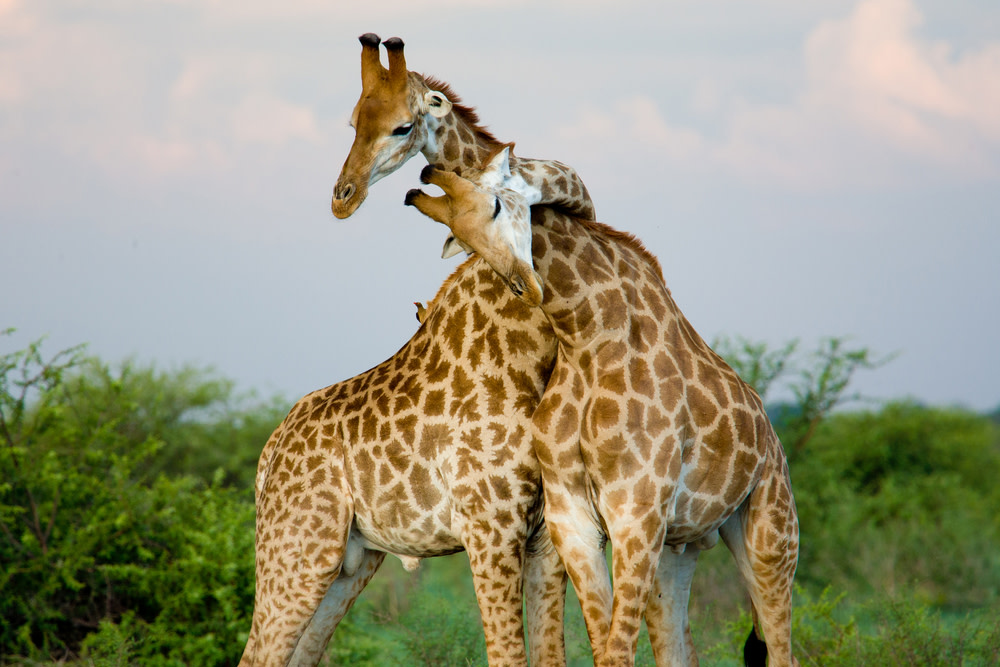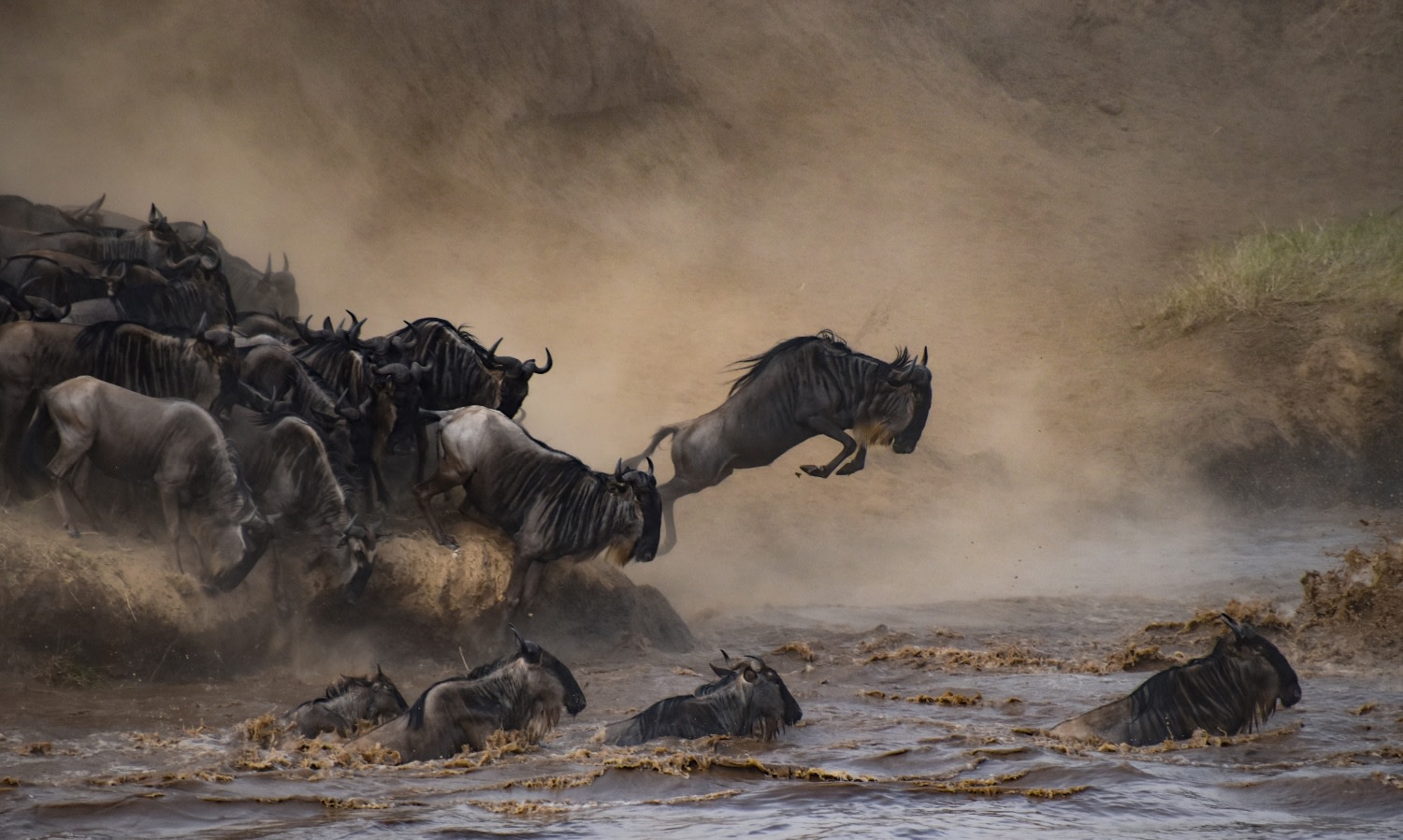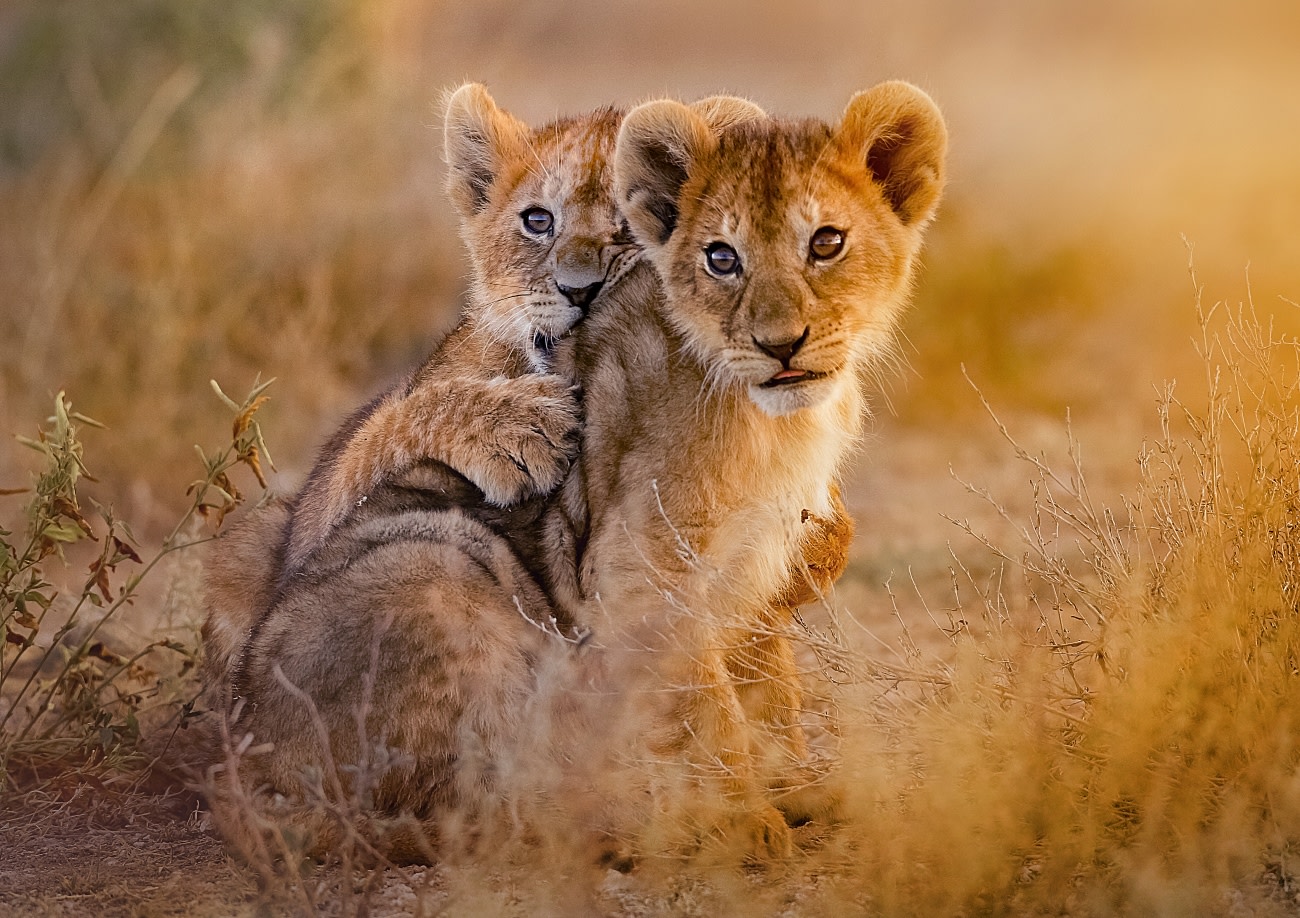Safari Photography: Tips, Best Cameras and More

Safari Photography: Tips, Best Cameras and More
Africa’s emerald savannahs, a thick-maned lion silhouetted against a fiery sunset, elephants meandering by a serene waterhole or the intense gaze of a leopard concealed in the underbrush — these are moments that avid travelers and photographers dream of capturing.
Safari photography isn't just about snapping pictures; it's about immortalizing the raw beauty, power and fragility of the wild. And, it offers a unique challenge, melding the unpredictability of wildlife with the nuances of an untamed environment, making safari photography distinct from any other photographic genre.
Whether you're preparing for your first luxury safari adventure or seeking to elevate your existing skills, this chapter will guide you through the maze of best practices, camera equipment choices and insights that can transform fleeting encounters into timeless images you’ll treasure forever.
Safari Photography Tips and Techniques
Capturing high-quality images is a must on your luxury safari. They serve as priceless, tangible memories you can showcase in your home and look back fondly on years after your journey.
Of course, snapping the perfect photograph of the effervescent African landscape and thriving wildlife is no small feat. No matter if you’re exploring the lush jungles or the sweeping savannah, Africa’s wild landscape is constantly in motion. The sun, shadows and moving creatures can make it difficult — but far from impossible — to take a great photo.
All of this is to say that safari photography differs from your typical portrait session. And to help you along, many safari guides are themselves experienced photographers with an in-depth lived knowledge of the hows and whens of wildlife photography. However, you don’t have to be a professional photographer to take stunning pictures on your safari with these tips:
- Let the sun be your storyteller. Lighting can drastically affect your image quality, but there are no ring lights to be found on Safari. Furthermore, flash can appear unnatural and disturb wildlife.
It’s best to let the sun be your guide. The golden hours of dawn and before dusk provide the ideal light conditions for your photography. Embrace the magic of the golden hour as the sun paints the world in an amber palette and find beauty in the shadows.
- Respect the rhythm of the wild. Patience is key on a luxury African safari and the same is true for photographing wildlife. In the canvas of the wild, moments unravel at their own pace and you simply can’t rush nature. You may not get that “perfect shot” on your first day on safari, but you will certainly capture amazing moments and vignettes you didn’t know you were looking for.
The heartbeat of nature should guide your shutter and not be rushed. Each photograph is a testament to your patience and profound connection with the wild.
- Follow the rule of thirds. Simple photography tips can help you capture an impactful image. The rule of thirds is perhaps the most well-known “rule” of composition that helps transform a simple photo into a work of art.
While balance and composition are key, you can also discover new perspectives with your photography. Let nature inspire unique angles and heights in your photography.

Best Cameras for Safari Photography
When you want to capture the essence of the untamed world, a smartphone, although convenient with a good camera, doesn’t quite do it justice. While you can certainly snap memorable moments on your phone to share with family and friends, nothing compares to a high-quality camera.
For outdoor photography and capturing wildlife in particular, enthusiasts and professionals alike often choose between two types of cameras: DSLRs and Mirrorless. Experts agree both have distinct advantages for taking wildlife photos and can be good options.
DSLR cameras offer fast shutter speeds to capture wildlife on the move. They also tend to be larger and have a longer battery life, ideal for a long day in the bush. However, Mirrorless cameras have come a long way and are often preferred for travelers on the go. They are more compact with an equally fast shutter speed and amazing image quality.
Ultimately, the choice is what you are more comfortable with.
Regardless of the type of camera you choose, keep these tips in mind for capturing the best photographs:
- The best lens for safari photography is a long one. A long lens allows you to capture high-quality images of wildlife from yards away on a game drive. You can switch to a wide-angle lens to better capture sweeping landscapes.
- Fast shutter speeds are a must for capturing moving animals or taking pictures from a moving safari vehicle.
- Get to know your camera settings. Many wildlife photographers consider aperture priority mode the best camera setting for safari photography. This allows you to capture properly exposed images of moving animals more easily while still allowing for a lot of manual control. Settings like autofocus also help immensely.
- To continue preserving priceless moments, you should take care to maintain your camera on safari. Keeping dirt and dust off your lens and preserving battery life is perhaps most important in the bush.

Essential Accessories
Finally, we cannot overlook the importance of the accessories that can elevate your safari photography. While it’s important to pack light for a day in the bush, these few additions can truly transform your images and overall experience.
- Binoculars: A pair of high-quality binos, often provided by your guide on safari, deliver an enhanced view of wildlife from yards away and the opportunity to see colorful birds in detail. This enhanced view allows you to spot the perfect image.
- Tripods and monopods: Stabilize your shots and snap stunning images of sunsets and landscapes. Also ideal for long-exposure images of the stars.
- Camera bags: Protect your equipment from the elements or wandering hands when not in use.
- Filters: Enhance colors and reduce glare during your photography session.
- Spare batteries and memory cards: Be prepared for long shooting sessions on your game drive.
Consider an African Safari Photography Tour
It can feel daunting trying to capture the untamed heart of Africa’s wilderness through the lens. A specialized luxury safari photography tour can help you capture the perfect shot on your trip. On a Tanzania photography safari, you can snap stunning pictures from high above in a hot air balloon. Or, keep things classic on a Kenya photography safari to take action-packed photographs of the Big 5.
On a luxury safari photography tour, you will have the time and resources to take priceless images with the help of experienced guides who know the landscape inside out.
Explore more of our Kenya photography safaris and more destinations where the opportunity to capture epic images awaits with ROAR AFRICA.



